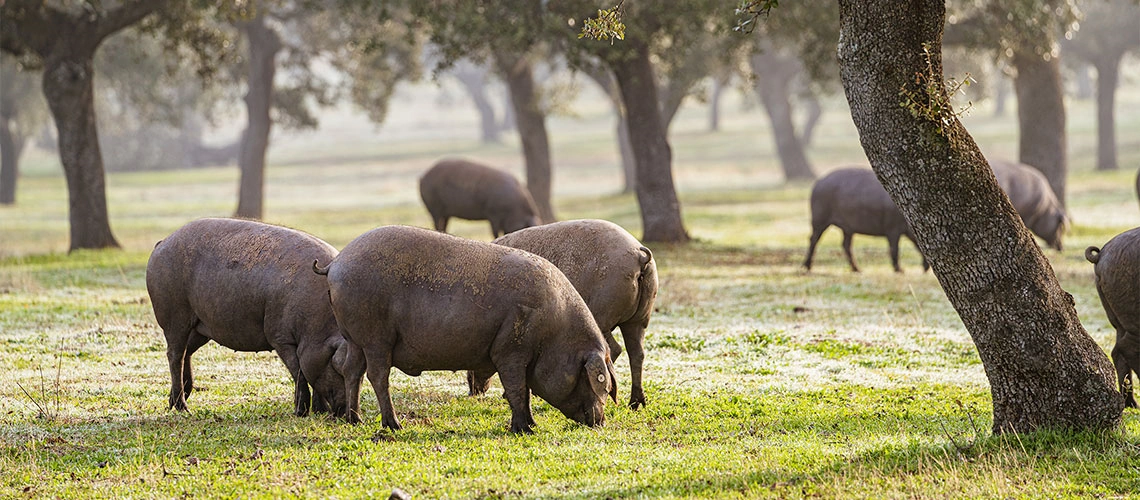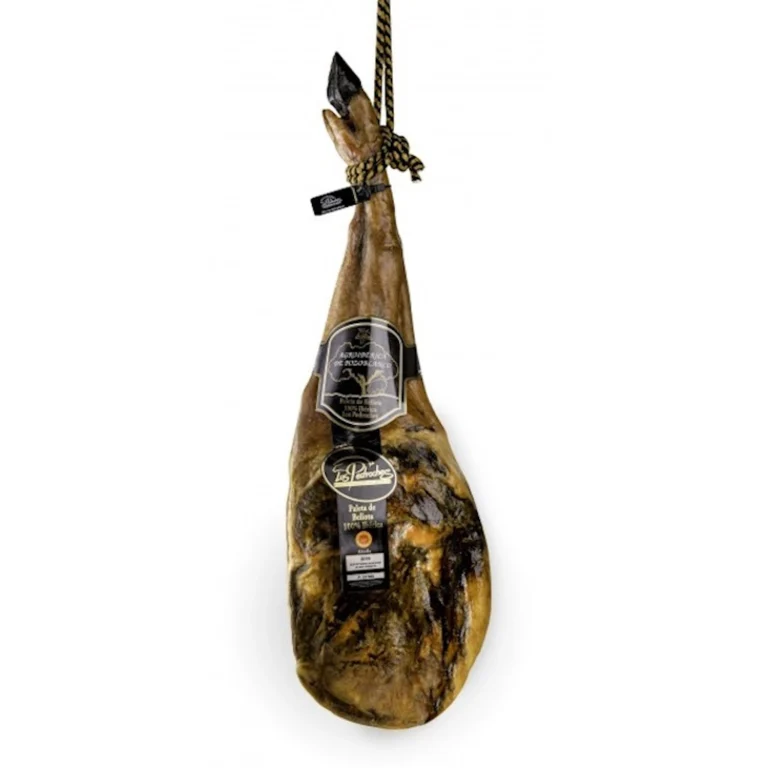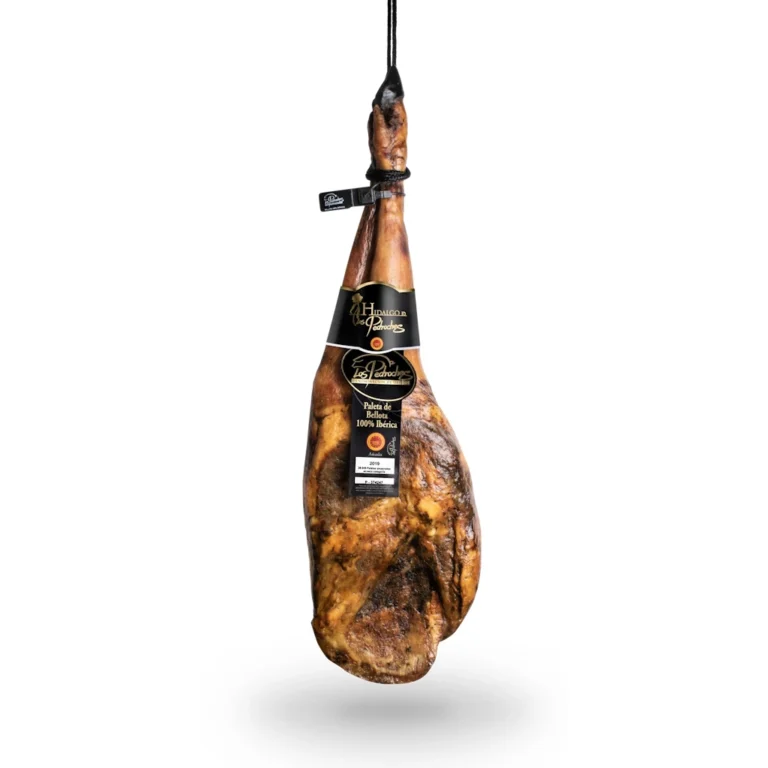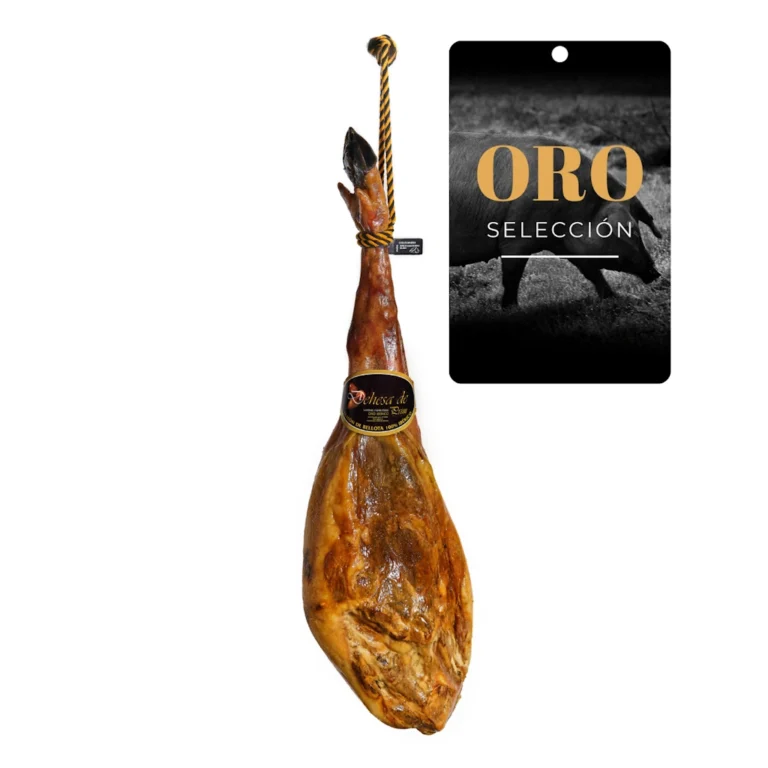The montanera, key to fattening the Iberian pig
- DO Origin, Production
Indice

The Montanera: The Heart of the Highest Quality Iberian Acorn-Fed Ham
The montanera is much more than just a phase in the raising of Iberian pigs; it is an essential period that determines the quality of acorn-fed Iberian ham. This natural process, which generally extends from October to February, coincides with the ripening of the acorn, the star fruit of the dehesa (pastureland), and transforms the Iberian pig into the raw material for one of the world’s most prized gastronomic products.
A “generous” montanera, characterized by an abundant acorn harvest and adequate rainfall for grass growth, is crucial to ensuring the highest quality of acorn-fed Iberian ham. When the montanera develops under optimal conditions, the pigs can reach their ideal weight and acquire the desired organoleptic characteristics in their meat.
The montanera (acorn season) is a hallmark of acorn-fed Iberian ham and a guarantee of its exceptional quality. Protected Designations of Origin (PDOs) like Los Pedroches base their prestige on a montanera that ensures the authenticity and unique characteristics of their products.
Nature and Tradition
As Juan Luis Ortiz Pérez, Secretary General of the Los Pedroches PDO, aptly describes it, the montanera is a “miracle created by both man and nature.” During these months, 100% Iberian pigs roam freely across the vast dehesa (pastureland), feeding exclusively on acorns and grass. This perfect symbiosis between the animal, the acorns, and the unique environment of the dehesa results in a product of unparalleled flavor and quality.
Natural Fattening
During the montanera (acorn season), the Iberian pig undergoes significant weight gain, increasing from approximately 90 kilograms to over 150 kilograms. This weight gain is due exclusively to its natural diet of acorns, a fruit rich in oleic acid, and grass, a natural antioxidant that contributes to the characteristic flavor of acorn-fed Iberian ham. In the Los Pedroches Protected Designation of Origin, home to one of the most densely populated dehesas (pasturelands) in Europe, this exclusive diet is a hallmark of identity and quality.
During the montanera, an Iberian pig from the Los Pedroches Protected Designation of Origin can consume between 10 and 12 kilograms of acorns per day, supplemented with almost 5 kilograms of grass. This balanced diet is fundamental for the development of intramuscular fat, responsible for the juiciness and unique flavor of acorn-fed Iberian ham.
The Dehesa
The dehesa, with its centuries-old trees such as holm oaks, cork oaks, and gall oaks, plays a fundamental role in the montanera (acorn season). These trees generously provide acorns, the main food source for Iberian pigs during this phase. The continuous expanse of the dehesa, especially in areas like the Valle de Los Pedroches, provides ample space for the animals to exercise and feed naturally.
From the Montanera to the Cellar
Once the montanera is over, the pigs are slaughtered, and each piece (ham and shoulder) is individually identified before beginning the long curing process in natural cellars. This process, which can last between four and five years, requires patience and tranquility, allowing the ham to slowly dehydrate and develop its complex aromas and flavors.
The 2025 Montanera in the Sierra de Aracena
The 2025 Montanera season has begun in the Sierra de Aracena, Huelva with prospects described as “excellent” by the sector, which bodes well for one of the best seasons for Jabugo ham in recent years. This crucial phase in the raising of acorn-fed Iberian pigs benefits from a remarkable abundance of acorns, from both holm oaks and cork oaks, and from the generally good condition of the pastures in the Huelva dehesa (pastureland).
Producers like Cinco Jotas emphasize that the combination of favorable weather and an excellent acorn harvest will allow the fattening phase of the livestock to extend well into spring. During the 2025 Montanera season, each pig enjoys a natural and balanced diet while roaming freely across at least two hectares of land. The acorn, rich in oleic acid, is the key element that defines the quality of 100% acorn-fed Iberian ham, giving it its characteristic juiciness and flavor.
During this stage, the animals, which begin the Montanera weighing around 90 kilos, can reach a final weight of over 160 kilos. The optimal result is a combination of an exclusive diet of acorns and natural pastures, the purity of the Iberian breed, and the unique microclimate of the Sierra de Huelva mountains, with its gentle mists and humidity.
After the Montanera ends In 2025, the artisanal curing process, passed down in Jabugo for over a century, will begin. This ancestral method transforms each ham into a unique expression that balances nature, tradition, and patience. The Iberian ham sector continues to experience sustained growth, driven by global demand and the intrinsic value of its artisanal product. The promising 2025 Montanera season reaffirms the Sierra de Aracena and Jabugo as the world epicenter of acorn-fed Iberian ham.
Nota importante: aceitedelcampo.com promueve el consumo del aceite de oliva virgen extra por sus cualidades culinarias y beneficios para la salud. No obstante, no debe sustituirse ningún medicamento o tratamiento actual sin la orientación de un profesional de la salud.
Productos que te pueden interesar
16,50 € – 320,00 €Price range: 16,50 € through 320,00 €
140,00 € – 156,00 €Price range: 140,00 € through 156,00 €



